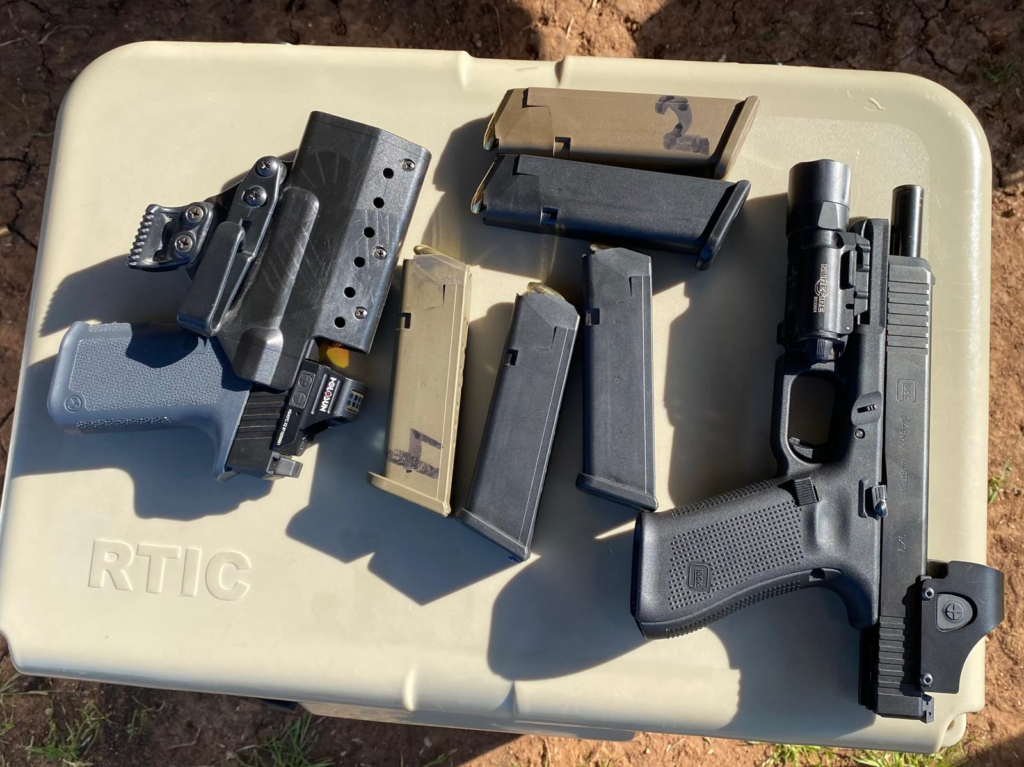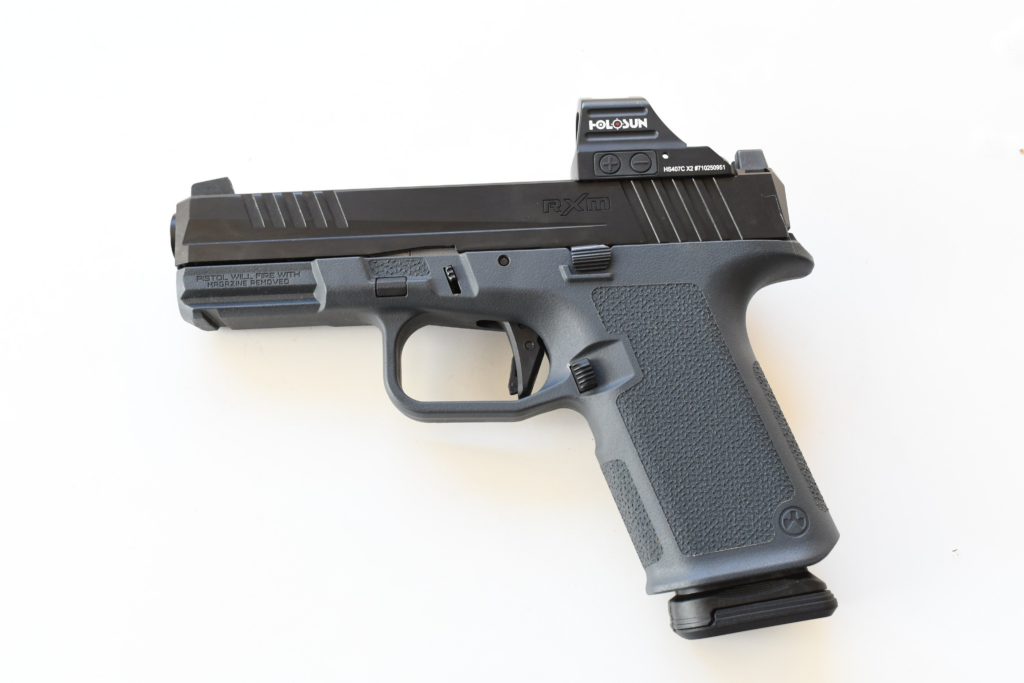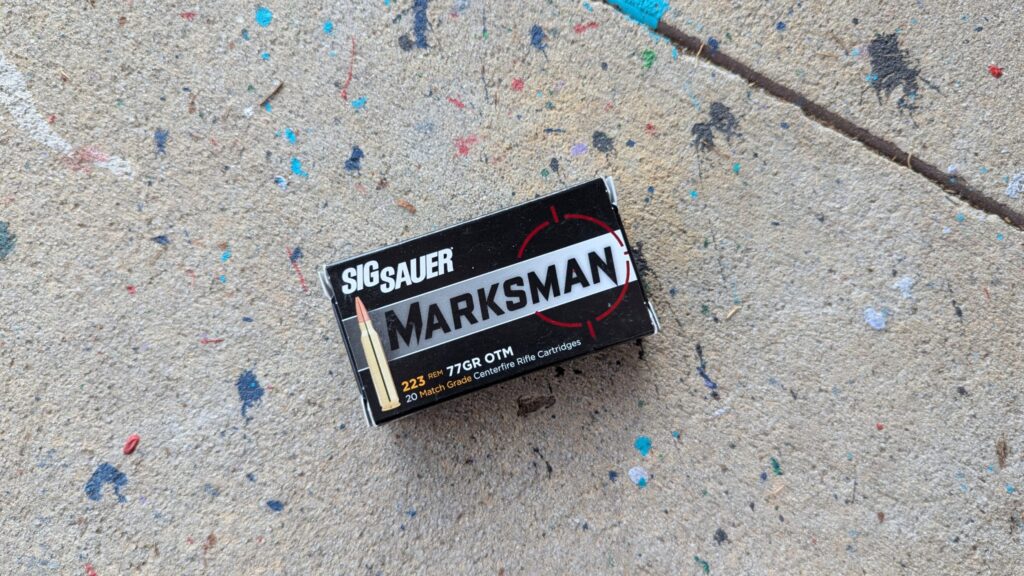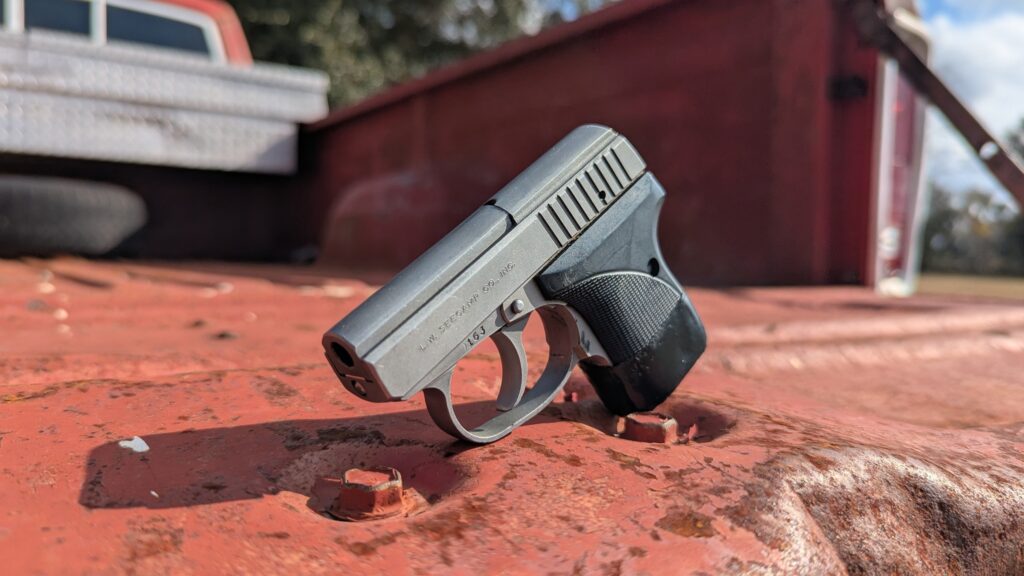The Glock clone market is admittedly something I don’t pay attention to much. It’s not that there’s anything wrong with them. Quite honestly, when it comes to Glocks, I’m quite happy with the fifth generation across the board. Being left-handed, their ambidextrous slide stops make me very happy.
By this point, I’ve also accumulated quite a few: 19s, 17s, 45s, and Glock 34s, of course. There’s also the odd Glock 22, 42, and the Glock 48 I carry on a regular basis.

Advertisement — Continue Reading Below
But I am also in the business of writing about guns, and Glock clones are a force to contend with.
Because these Glock clones come in at various price points, some models do arguably offer the shooter “a better mousetrap,” so to speak, with interesting features. And yet the value of other clones is merely existing as an affordable facsimile in an extremely competitive market. The only other clone I have cursory experience with is the Shadow Systems XR-920 Elite I briefly reviewed last year.
It’s just that the subject of Glock clones got me thinking. Sometimes, as a writer, you just sit down and start writing. And that’s what I’m doing right now. Truthfully, I’m preparing to begin my upcoming formal review series here at GAT Daily on the Ruger RXM, the third-generation Glock 19 clone that Ruger manufactured in collaboration with Magpul.
Advertisement — Continue Reading Below
I mean, there’s much to be said about Ruger’s new RXM itself.
(That’s why I’m in the process of writing a real review.)
Ruger & Magpul: The RXM

Advertisement — Continue Reading Below
The Ruger RXM comes with an admittedly slick optics-ready system that eschews the new need for optics plates, especially for the Trijicon RMR and Leupold DeltaPoint Pro footprint patterns. I’m curious to see how it holds up long-term and under strenuous use. There’s also the fact that the Ruger RXM offers an American-made four-inch 15-round 9 mm pistol built on a reliable action for $400 retail. And at that price point, it comes with some goodies.
Beyond the fact that its slide is optics-ready from the factory, also consider the pair of iron sights that ship with the pistol. These extra-height sights consist of a serrated rear sight with a wide square notch and a bold front sight with a thick white outline that envelops a bright green tritium vial. The RXM’s sights work well with a reflex sight mounted to its slide.
Other than the action, the magazine capacity, and overall size, the RXM is a far cry from my former third-generation Glock 19.
Advertisement — Continue Reading Below
The Glock 19
What got me thinking is that two of the biggest names in the American firearms industry came together to develop their interpretation of one of the most timeless polymer frame striker-fired pistols, the Glock 19. The Glock 19 is the gun I called remarkably unremarkable [jokingly] because it is a phenomenon of a handgun.
These handguns are compact enough that they stay out of the way and are easy to carry, yet large enough to still handle like a full-size pistol. The Glock 19 is the “Middle Path.” It’s one thing for upstarts like Shadow Systems or Rost-Martin et al. to manufacture Glock clones, but two industry behemoths coming together to produce a gun like the RXM kinda “locks it in.”
I know I’ve expressed it in some of my other writing, but this gun is “meta.” Any time it is possible to completely build a gun without having to use OEM parts, it transcends to a different level. In other words, I’m talking about building a Glock without Glock parts. Better yet, consider that most AR-15s are assembled without using Colt parts. In the past, that wasn’t possible. The AR-15 is meta, too.
Advertisement — Continue Reading Below

Borrowing From Glock
Putting aside straight clones, there’s also something to be said in the development of a gun that ports off the original Glock’s specs for parts compatibility and its aftermarket, especially for gun companies that aspire to design clone models that go above and beyond the original product. On paper, a gun can be great but without parts and accessories support, the gun is nothing.
From holsters to sights and recoil spring assemblies, sharing these parts in common is certainly a huge value add.
Advertisement — Continue Reading Below
In short, before I begin my first-ever detailed review of a Glock clone, I had to appreciate how these quotidian pistols are, in fact, meta.















